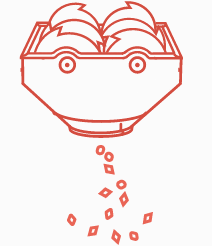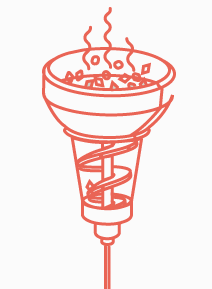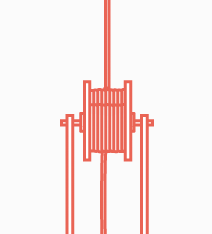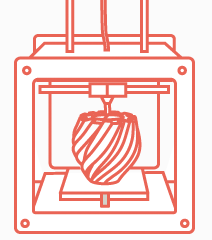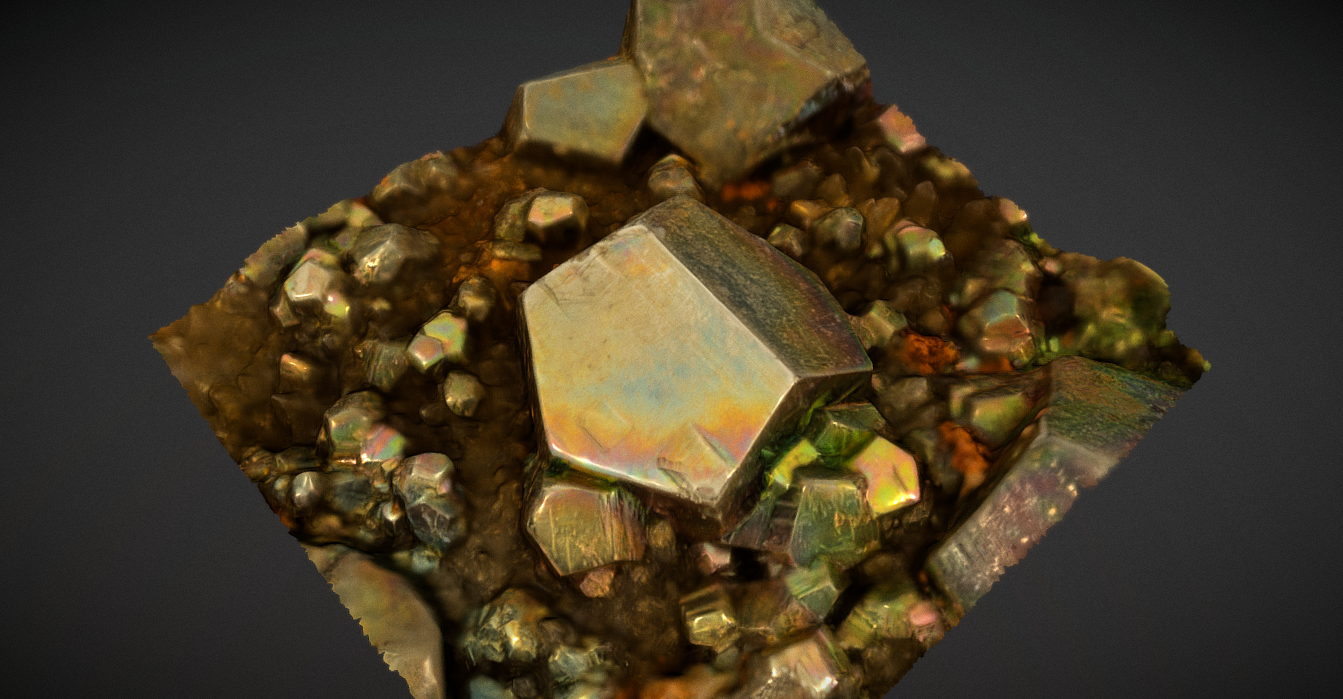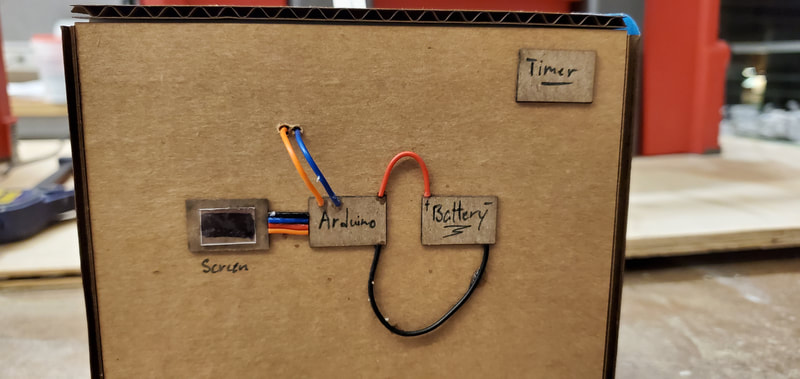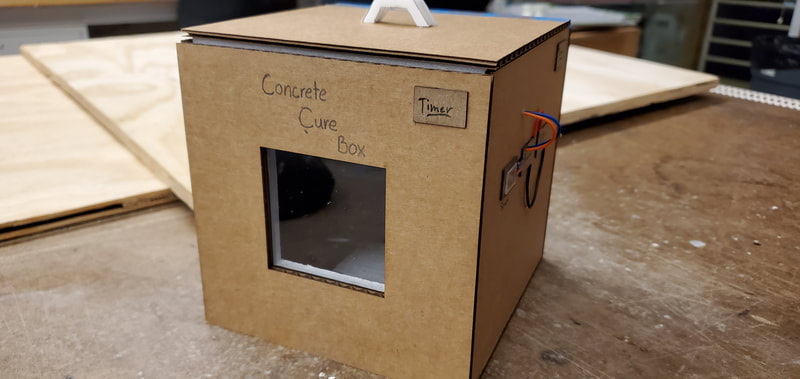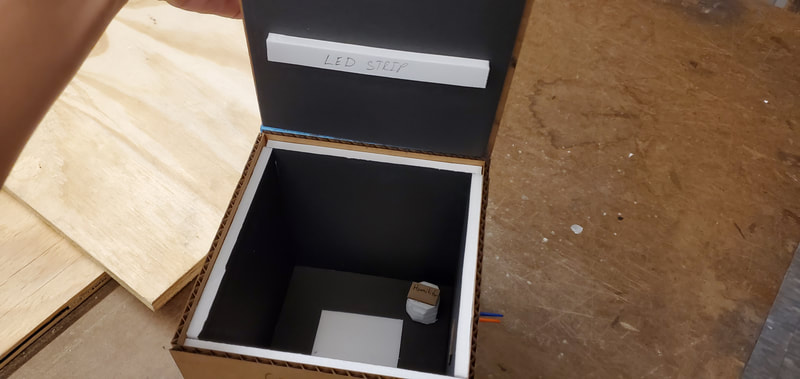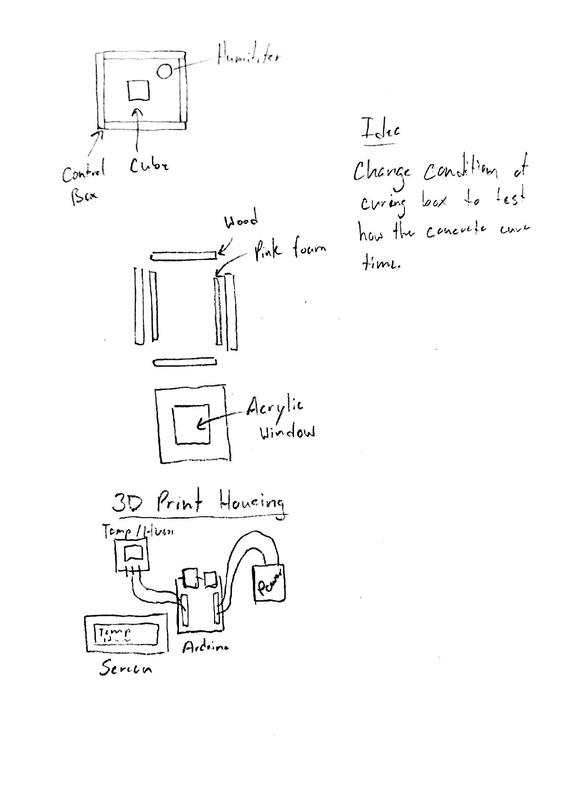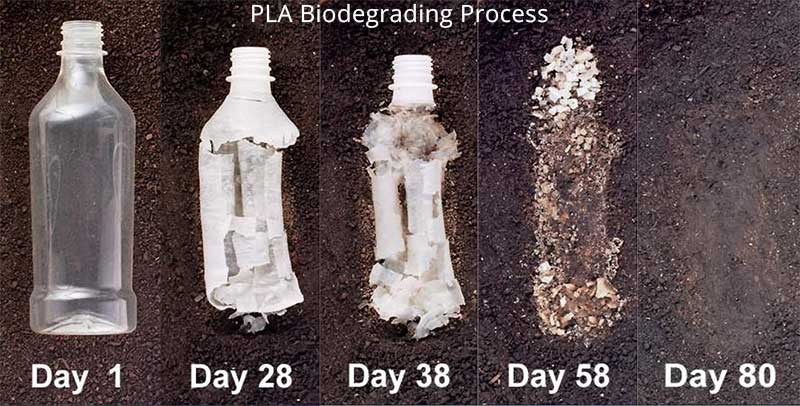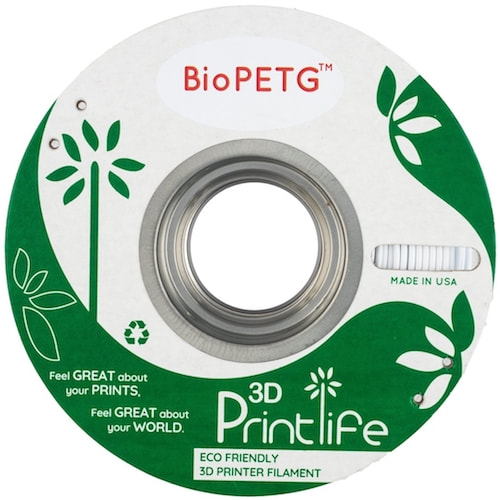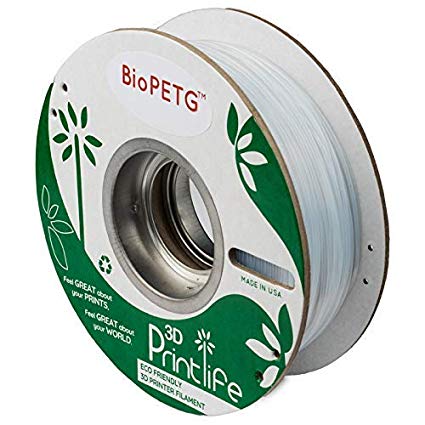Design Proposal // Can engineered recycled plastic replace solid aggregates, such as gravel ?
PET (PolyEthylene Terephthalate) is the stuff plastic bottles are made of. It’s a stable and harmless plastic, which is used most for packaging purposes, because of its vapor barrier and strength properties. In its original state, it’s a colorless and crystal clear material.
Statement :
Within the discourse of concrete efficiencies, in reducing the carbon footprint of concrete constructions, we can identify three concentrated areas of research. The first is related to the direct enhancement of the mechanical properties of concrete. The second focus on the resource efficiency and raw material consumption saving. Additionally, the third area of research focus around the field of smart concretes and their role in building efficiency. It is possible that project may work as a synthesized design approach to how we think about concrete.
Within the discourse of concrete efficiencies, in reducing the carbon footprint of concrete constructions, we can identify three concentrated areas of research. The first is related to the direct enhancement of the mechanical properties of concrete. The second focus on the resource efficiency and raw material consumption saving. Additionally, the third area of research focus around the field of smart concretes and their role in building efficiency. It is possible that project may work as a synthesized design approach to how we think about concrete.
|
Research Proposal 1. Introduction Research Question : Would it be possible to replace solid aggregates such as stone and gravel, with engineered plastic; thereby creating a viable solution to plastic pollution and reducing the carbon footprint of current concrete mixtures ? Building upon existing research, the proposed project seeks to develop a viable solution that would replace gravel with engineered plastics. We will begin our research by examining existing electron microscope images of concrete, minerals, and crystals to further study their geometric properties. Additionally, we will use 3D software to visualize and replicate possible engineered geometries. Using 3D printers we will develop a series of prototype aggregates that would be added to a concrete mix to be tested. Such prototypes will be used to measure the changes in the curing time and insulation properties of concrete. If successful, our engineered geometries would be able to provide viable solutions for one-time plastic waste, gravel mining, as well as a possible means to extend concrete life by reducing the amount of steel used in rebar applications. 2. Problem Statement Technology has placed us at the forefront of building efficiency by allowing us to create new materials and optimize existing ones to maximize building efficiency. However, technology and the fast production of materials have come at a cost. Currently our planet is faced with a world wide plastic pollution problem. The only viable options have been to bury plastics or burn them; none of which re-purpose plastics If plastics are going to be stuffed somewhere, why not put them in concrete ? The importance of reducing the carbon footprint of our built structures is just as important as reducing pollution. Current concrete mixtures use large amounts of sand and gravel that has to be mined and transported to concrete plants in order to be processed. Additionally, as concrete structures are erected they require enormous amounts of steel which also has to be mined and manufactured. 1. How long will take concrete to dry in humid climates? 2. What are the insulation constraints of concrete? 3. What are the current industry practices as well as research advancements in substituting solid aggregates (gravel) for plastics/ 4. Will different materials in the concrete effect the curing process? 3. Objectives The long term goal of our project is to develop a series of tests on concrete while reducing the carbon footprint of construction at the same time. Our process of identifying, classifying, modeling, and testing of plastic forms and fabrication processes will be recorded and noted in our research. 1. Can engineered plastic replace solid aggregates, such as gravel? 2. What are the constraints of such replacement, if viable? 3. What advancement is made to current industry standards and practices? 4. To outline a conceptual framework for the re-purposing of materials ? The result of our research will be valuable for future tests that aim to combine plastics with concrete. 4. Preliminary Literature Review Our literature review will focus on the science behind concrete itself as well as the research being done specifically in concrete. We believe that advancements testing for different mixtures may inform something about the test methodology we should follow. Additionally, there are a myriad of scenarios where concrete is now being applied. Is there a way for us to find a specific project in which the mixture of plastics and concrete is more viable ? We will also look at the research being done on plastics themselves in order to understand the science and process behind re-purposing waste plastics. It may be that our idea has been tested and failed. Or perhaps, its possible that only a limited number of tests were made, yielding specific results that can be built upon. Is there a way to find how plastics are being re-purposed separately from construction methods, and could we re apply the same methodology to construction standards ? Lastly, our literature review will also look at any current processes in which concrete production and plastic recycling intersect. Those series of projects can range anywhere from material specific research on overall mixture qualities. 5. Methodology Finally, once the constraint classification and modeling techniques are identified, a conceptual framework for testing will be outlined. This study will be conducted between February 2020 and May 2020 It will be broken into two parts. Research and development:
Testing plan
Budget and Materials Filament made from recycled plastic - B-PET filament BioPLA : $40 BioPETG : $40 Form work material - 3/4" plywood - $30
Arduino and Senors- Free Overall Budget: $150 6. Fabrication (Digital Fabrication) Concrete :
|
Mockup
Diagram
Plan for Completion
2/27/2020: Finish design proposal 2.0
3/9 - 3/20: Complete humidity box construction
3/21 - 4/3: Complete concrete pour and cure experiment
4/4 - 4/18: Use insulation box to test concrete insulation
4/19- 5/2: Final results and conclusion
May 2020: Extra fun and test crushing of the concrete bricks.
3/9 - 3/20: Complete humidity box construction
3/21 - 4/3: Complete concrete pour and cure experiment
4/4 - 4/18: Use insulation box to test concrete insulation
4/19- 5/2: Final results and conclusion
May 2020: Extra fun and test crushing of the concrete bricks.
Citation
Petrography. “Pyrite Crystal (Pyritohedron), Roşia Poieni, RO - 3D Model by Museum of Mineralogy and Petrography, UAIC (@MineralogyPetrographyMuseum) [7efb4c8].” Sketchfab, 31 Dec. 1969, sketchfab.com/3d-models/pyrite-crystal-pyritohedron- rosia-poieni-ro-7efb4c82172144fcb982d934e40531c6.
“Refil.” About, www.re-filament.com/.
Yoon, Joshua. “PLA Eco-Friendly 3D Printing Filament.” To Buy a 3D Printer, 30 May 2014,
tobuya3dprinter.com/pla-eco-friendly-3d-printing-filament/.
“Refil.” About, www.re-filament.com/.
Yoon, Joshua. “PLA Eco-Friendly 3D Printing Filament.” To Buy a 3D Printer, 30 May 2014,
tobuya3dprinter.com/pla-eco-friendly-3d-printing-filament/.


